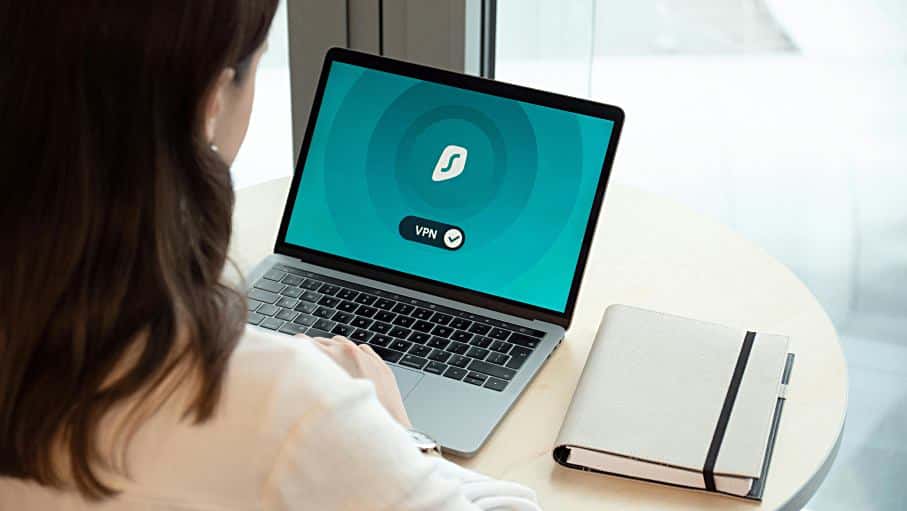words Alexa Wang
Recently, cybersecurity has become a major concern for individuals and organizations alike. With the rise of external cyber threats such as hacking, malware, and phishing attacks, it’s more important than ever to secure your network from potential intruders. The consequences of a successful cyber attack can be devastating – ranging from financial losses to reputation damage. One of the key aspects of cybersecurity is the defense against external threats.
In this blog post, we will discuss some practical and effective strategies that individuals and organizations can implement to protect their networks from external cyber threats. Whether you are a small business owner or a security professional, these tips will help you strengthen your network’s defenses and minimize the risk of falling victim to cyber-attacks.
Conduct Regular Security Audits
Regular security audits are an essential component in defending your network against external cyber threats. These audits help identify any vulnerabilities or weaknesses in your network’s defenses and allow you to take proactive measures to address them.
It is recommended to conduct security audits at least once a year, but it can be even more beneficial to do them on a quarterly basis. During these audits, make sure to thoroughly assess your network infrastructure, applications, and connected devices for any potential security gaps.
Additionally, consider hiring a professional cybersecurity firm to conduct a thorough audit for you, as they may have more resources and expertise in identifying vulnerabilities. By regularly conducting security audits, you can stay ahead of potential threats and strengthen your network’s defenses.
Upgrade Your Protection
As cyber threats evolve and become more sophisticated, it’s crucial to regularly upgrade your network’s protection.
This can include implementing the latest security software, firewalls, intrusion detection systems, and other tools that can help detect and prevent external attacks. For instance, you can get protection with a SASE framework that combines network and security capabilities to provide comprehensive protection for your network. It’s also important to regularly review and update your security policies and protocols to ensure they align with the current threat landscape.
Keep in mind that investing in high-quality cybersecurity protection may come at a cost, but the consequences of a successful cyber attack can be much higher. Upgrading your protection is a proactive measure that can significantly reduce the risk of falling victim to external cyber threats.
Implement Strong Password Policies
Weak or easily guessable passwords are a common gateway for cyber attackers to gain access to your network. To effectively defend against external threats, it’s essential to implement strong password policies within your organization. This includes enforcing the use of complex and unique passwords, regularly changing them, and implementing multi-factor authentication where possible.
Additionally, consider using a password manager tool to securely store and generate strong passwords for employees. Educate your team on the importance of password security and regularly conduct training sessions to reinforce these policies. By implementing strong password policies, you can significantly reduce the risk of a successful external cyber attack on your network.
Educate Employees on Cybersecurity Awareness
Your employees play a crucial role in defending your network against external cyber threats. It’s essential to educate them on the importance of cybersecurity awareness and train them on how to identify and respond to potential threats. This can include recognizing phishing emails, avoiding suspicious links or downloads, and reporting any unusual activity.
Regularly conduct cybersecurity awareness training for all employees, not just those in IT or security roles. Encourage a culture of security within your organization and make sure employees understand the potential consequences of a successful cyber attack. By educating your team, they can become your first line of defense against external threats.
Utilize Multi-Factor Authentication
Multi-factor authentication (MFA) adds an extra layer of security to your network by requiring users to provide two or more forms of identification before accessing sensitive information. This can include a combination of passwords, biometrics, or security tokens. By implementing MFA, you make it significantly harder for external attackers to gain unauthorized access to your network.
It’s recommended to use MFA for all remote access and sensitive accounts within your organization. Many applications and services offer MFA as an option, so take advantage of this added layer of protection. With MFA in place, even if an attacker manages to obtain a user’s password, they still won’t be able to access your network without the additional form of identification.
Keep Software and Systems Up to Date
Outdated software and systems can leave your network vulnerable to external cyber threats. Make sure to regularly update all applications, operating systems, and firmware to the latest versions. These updates often include security patches that address known vulnerabilities and help protect against potential attacks.
Set up automatic updates whenever possible to ensure your network is always running on the most recent software versions. Additionally, regularly review all connected devices on your network and make sure they are also updated with the latest security patches. By keeping your software and systems up to date, you can minimize the risk of external cyber threats exploiting known vulnerabilities in your network.
Defending your network against external cyber threats is a continuous effort that requires proactive measures and regular maintenance. By conducting security audits, upgrading protection, implementing strong password policies, educating employees on cybersecurity awareness, utilizing multi-factor authentication, and keeping software and systems up to date, you can effectively defend your network from potential attacks. Stay vigilant and stay ahead of potential threats to protect your network and safeguard sensitive information.





















